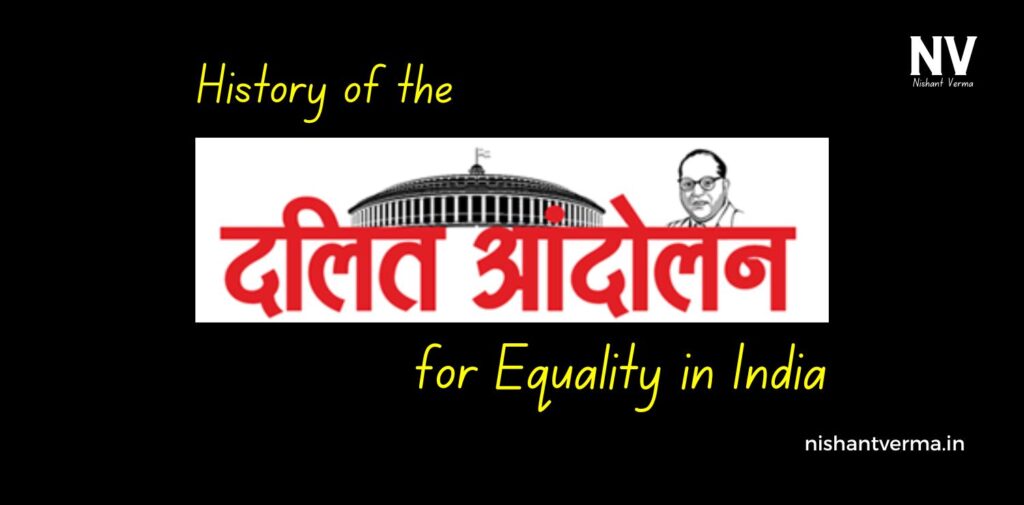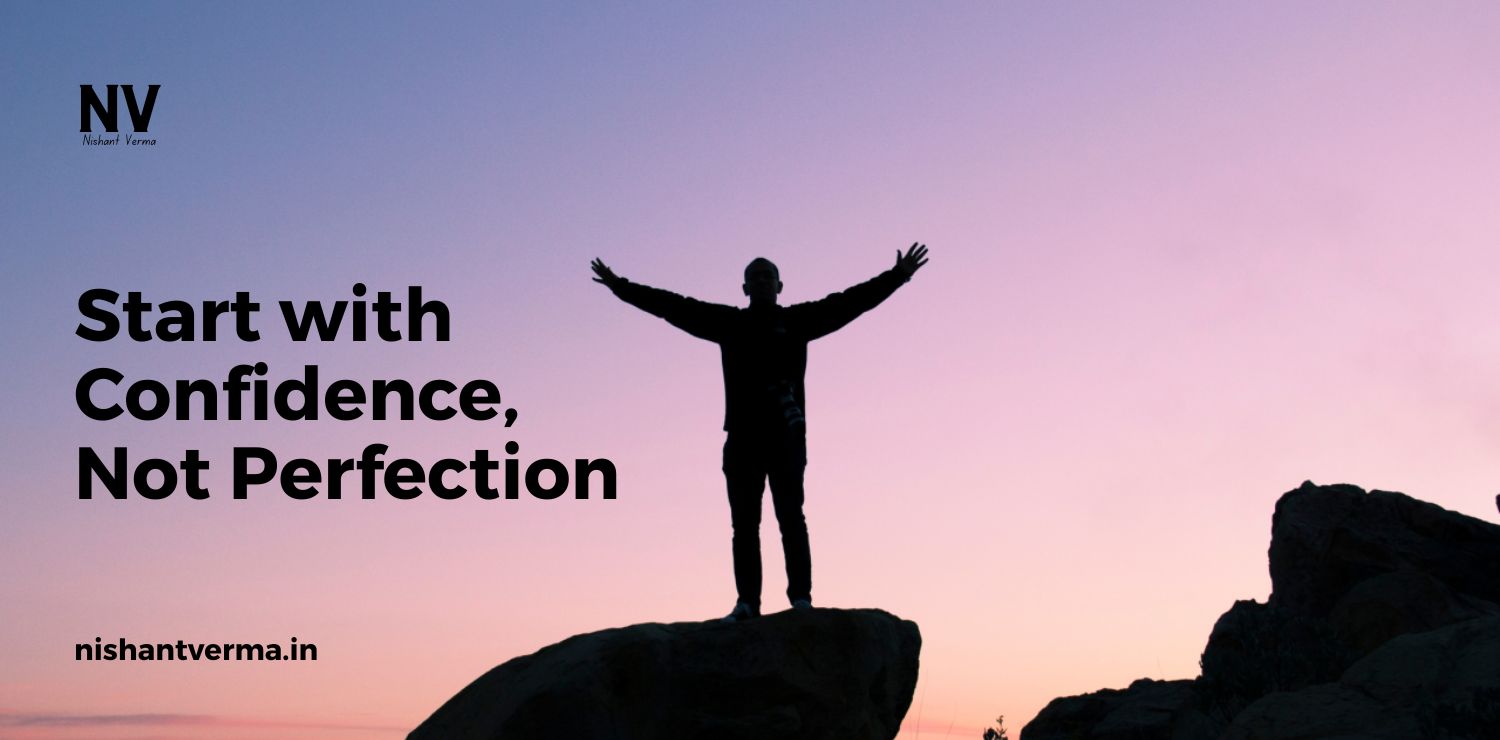India has a long and complex history, and one of the most important struggles within it is the fight for equality and justice by Dalits. Dalits, often referred to as the “untouchables,” have historically been marginalized, oppressed, and discriminated against due to their position in the social hierarchy known as the caste system. Over time, they have fought for their rights, dignity, and equality, facing numerous challenges but also achieving significant progress. This article traces the history of the Dalit struggle for equality in India, focusing on key moments, leaders, and movements.
What is the Caste System?
The caste system is a social and religious framework that divides people into rigid categories based on their birth. It has been a part of Indian society for thousands of years. The caste system divides people into four major groups, or “varnas”:
- Brahmins (priests, scholars)
- Kshatriyas (warriors, rulers)
- Vaishyas (merchants, farmers)
- Shudras (labourers, service providers)
However, those who did not fit into any of these categories were called “Dalits” or “untouchables.” The Dalits were often forced to live outside of society, subjected to severe discrimination and treated as impure. They were denied access to education, temples, water sources, and even basic human rights. This discrimination continued for centuries.
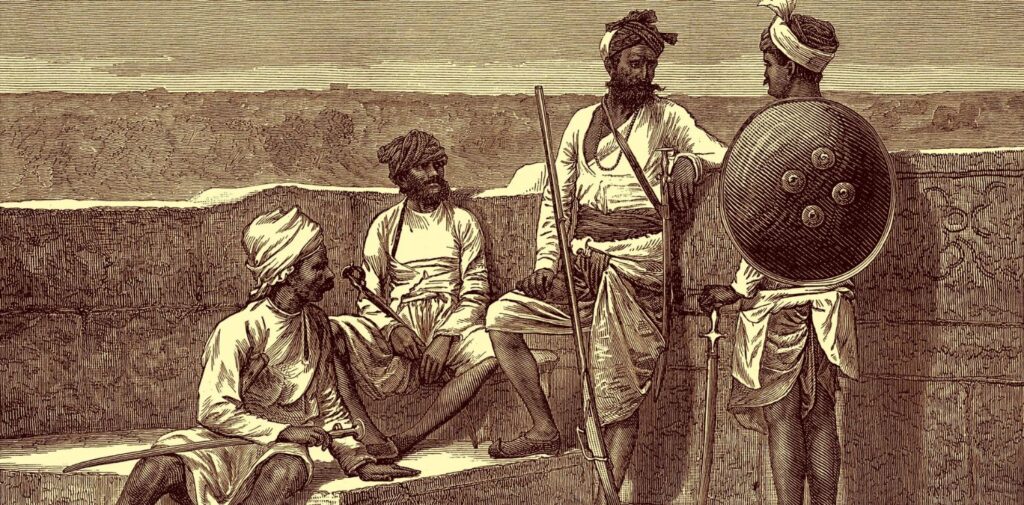
Early Struggles for Dalit Rights
The roots of the Dalit struggle can be traced back to ancient times, but significant efforts to challenge the system began in the 19th and early 20th centuries. During British colonial rule, India began to witness a growing awareness of social injustice, and many reformers started advocating for the rights of the Dalits.
Jyotirao Phule (1827-1890)
One of the earliest and most prominent figures in the Dalit rights movement was Jyotirao Phule, a social reformer from Maharashtra. Phule was deeply critical of the caste system, which he saw as a tool of oppression. He believed that the caste system was designed to keep the Dalits in a state of subjugation. Phule founded the Satyashodhak Samaj (Society of Truth Seekers) in 1873 to challenge caste-based discrimination and to promote education for women and lower-caste people. He is also known for his work in educating women and Dalits, and for his writings that criticized Hindu religious texts for perpetuating caste-based discrimination.
B.R. Ambedkar (1891-1956)
The most significant leader in the Dalit struggle for equality was Dr. B.R. Ambedkar, often referred to as the “Father of the Indian Constitution.” Ambedkar was born into a Dalit family and faced severe discrimination throughout his life. He was determined to fight for the rights of Dalits and other marginalized communities.
Ambedkar earned a law degree and became a prominent social reformer, economist, and politician. He worked tirelessly to uplift the Dalit community and to eliminate the caste-based oppression that prevailed in India. His most significant contribution was his role in drafting the Indian Constitution. The Constitution, which came into effect in 1950, abolished untouchability and gave Dalits the right to equality before the law. It also introduced affirmative action policies like reservations in education and government jobs to help Dalits access opportunities that were historically denied to them.
In 1956, Dr. Ambedkar converted to Buddhism, a religion that rejected the caste system and promoted equality for all. His conversion was a powerful statement against Hindu caste oppression and inspired millions of Dalits to follow him in embracing Buddhism.
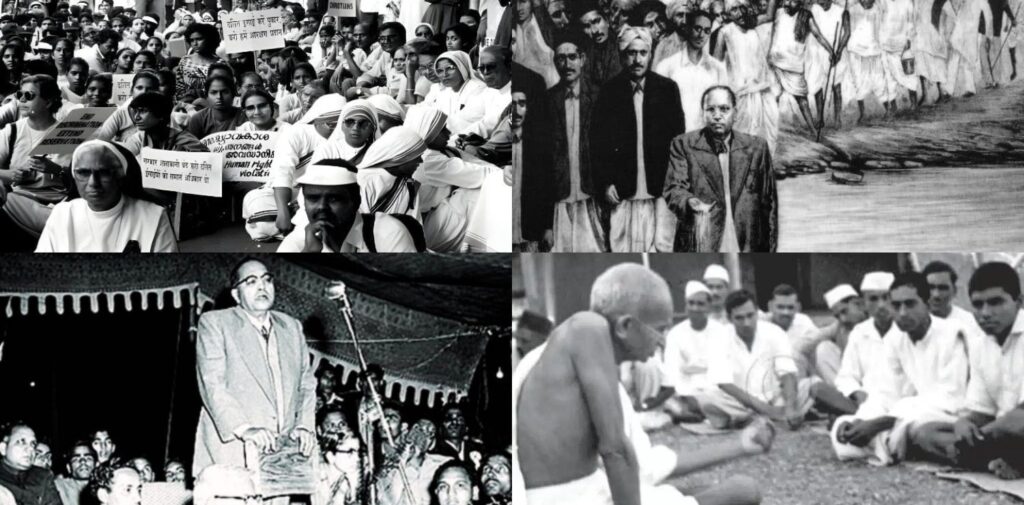
The Dalit Movement Post-Independence
After India gained independence in 1947, the Dalit struggle for equality entered a new phase. The Indian government, led by Jawaharlal Nehru, introduced various social reforms aimed at improving the status of Dalits. The Constitution made untouchability illegal, and affirmative action policies were implemented. However, the social and economic conditions of Dalits remained challenging, and discrimination continued in many parts of the country.
The Dalit Panthers (1972)
One of the most important movements in the post-independence era was the Dalit Panther Movement, which began in Maharashtra in 1972. Inspired by the Black Panther movement in the United States, the Dalit Panthers sought to bring attention to the continuing oppression of Dalits and demanded equal rights. The movement emphasized Dalit pride, unity, and self-respect. It challenged the caste system and highlighted the issues of Dalit identity, education, employment, and political representation. The Dalit Panthers played a significant role in raising awareness about caste-based violence and discrimination and in mobilizing Dalits to demand their rights.
Political Representation
In the 1980s and 1990s, Dalits began to gain political power in India. Mayawati, the leader of the Bahujan Samaj Party (BSP), became a prominent political figure. She served as the Chief Minister of Uttar Pradesh, India’s most populous state, and focused on the empowerment of Dalits and other marginalized communities. Mayawati’s success marked a significant shift in Dalit politics, with the community increasingly finding its voice in mainstream politics.
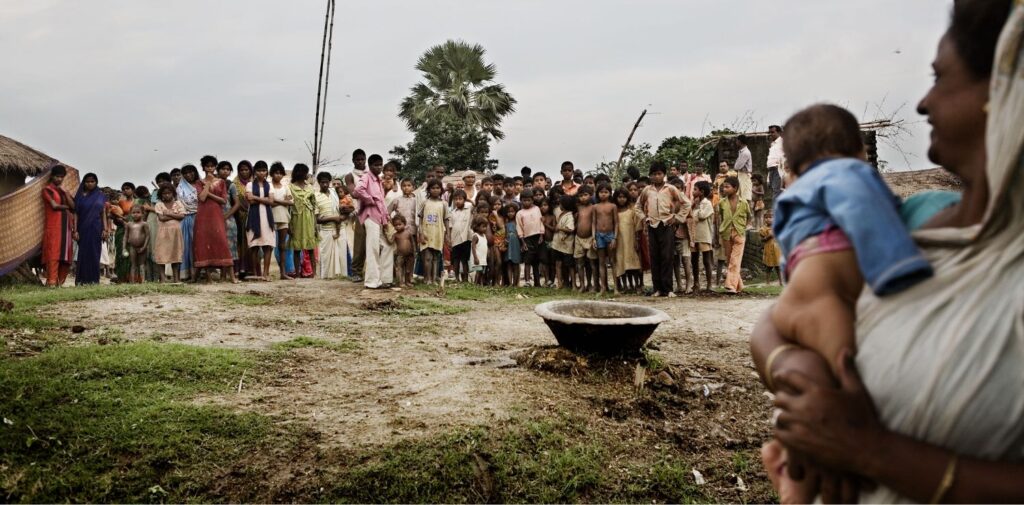
The Modern Dalit Struggle
Despite the progress made over the years, Dalits still face significant challenges in India. Caste-based discrimination continues to be a problem, especially in rural areas. Dalits often face violence, exclusion, and social isolation. Cases of caste-based atrocities, such as rapes, murders, and physical assaults, are still reported regularly. Many Dalits are forced to live in poverty, with limited access to education, healthcare, and employment opportunities.
In recent years, Dalit activists and organizations have continued to fight for equality, focusing on issues like:
- Access to Education: Despite reservations in schools and universities, many Dalits still face discrimination in educational institutions. Activists are working to improve access to quality education for Dalit children.
- Caste-Based Violence: Dalit women and men continue to face violence from higher-caste communities. Dalit organizations are working to raise awareness and provide support for victims of caste-based violence.
- Economic Justice: Many Dalits are employed in low-paying, menial jobs, and they often face exploitation. The fight for fair wages, land rights, and economic opportunities remains a crucial issue.
- Social Equality: Dalits continue to face exclusion from temples, public spaces, and social events in some parts of India. Activists are working to break down these social barriers and promote inclusive communities.
Conclusion: History of the Dalit Struggle
The history of the Dalit struggle for equality in India is one of resilience, perseverance, and hope. Over the centuries, Dalits have faced immense challenges, but they have never stopped fighting for their rights. Leaders like Jyotirao Phule, and Dr. B.R. Ambedkar, and organizations like the Dalit Panthers have been instrumental in bringing about significant changes in society. Today, Dalits continue to fight for social, economic, and political equality, and while there has been progress, the struggle is far from over.
The Dalit movement is not just about fighting against caste-based discrimination; it is about ensuring that every person, regardless of their caste, can live with dignity, respect, and equality. It is a fight for human rights, social justice, and a better future for all Indians. The history of this struggle is an important part of India’s ongoing journey towards a more inclusive and equitable society.

